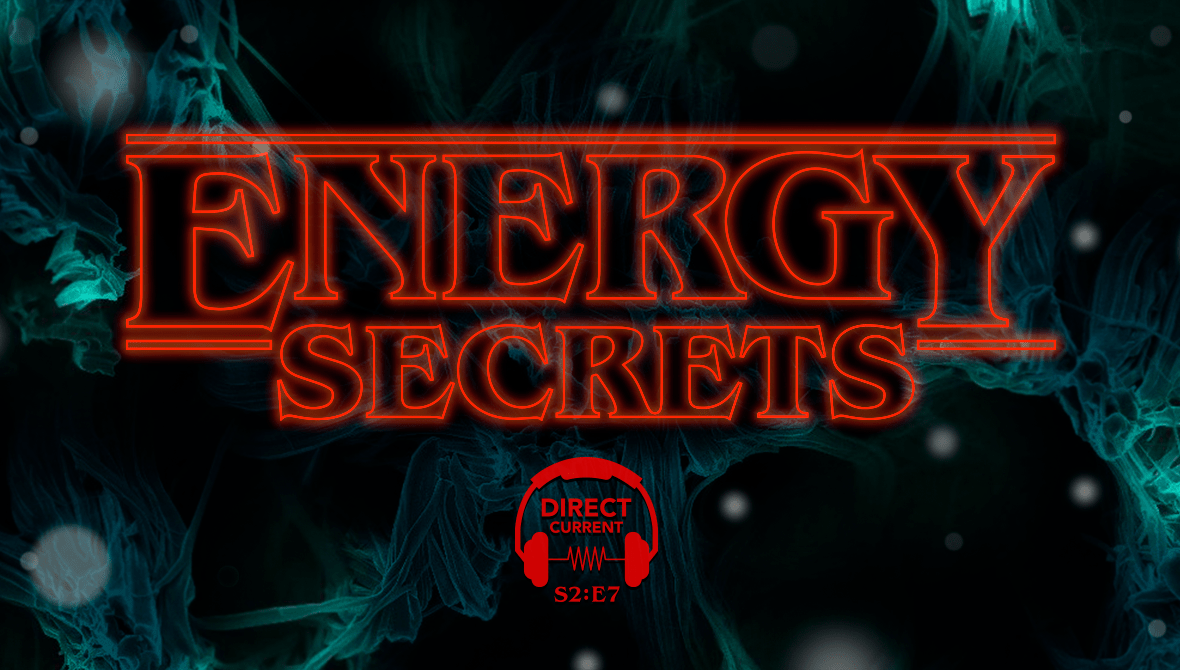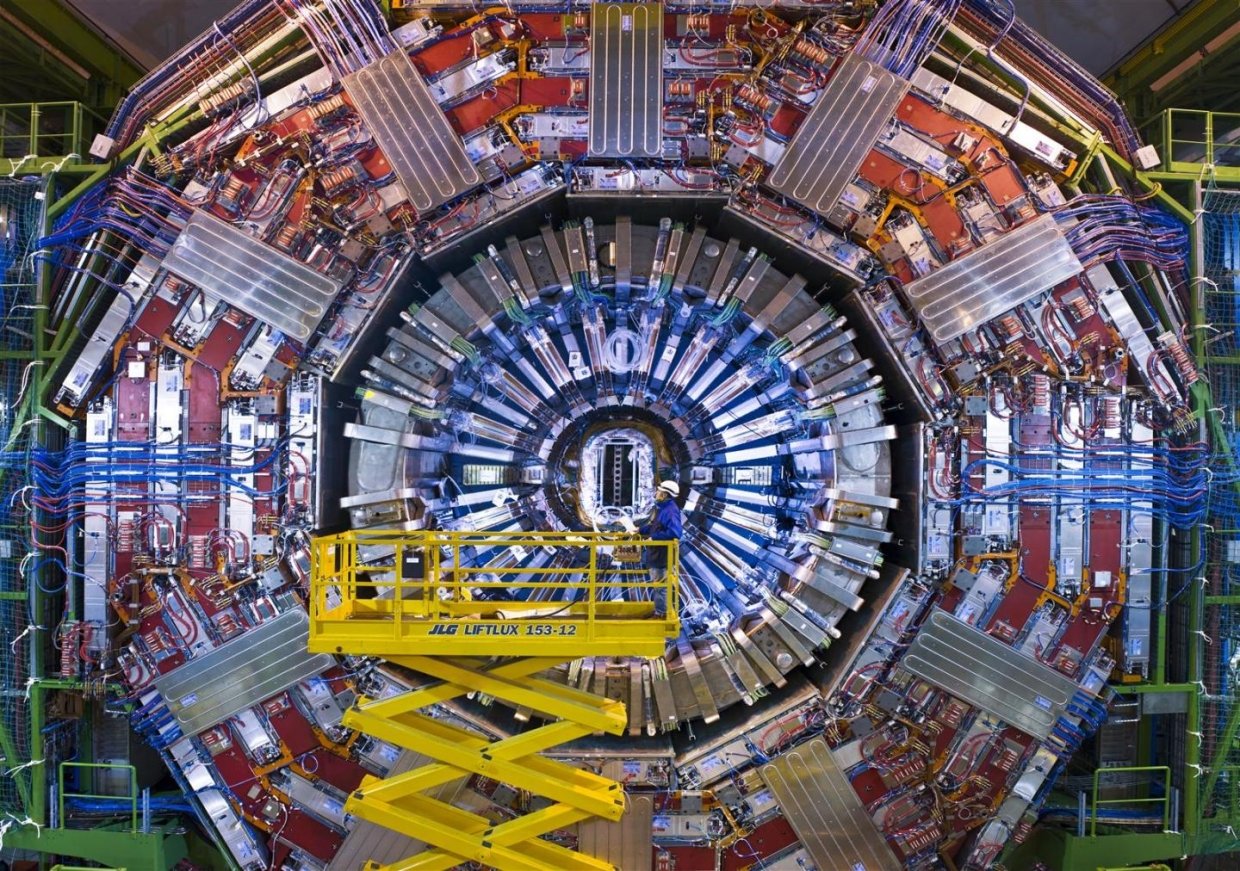We separate fact from fiction in the new Netflix series "Stranger Things."
August 5, 2016
Podcast: Energy Secrets
Last weekend I binge-watched a new Netflix sci-fi horror series called “Stranger Things.” It’s set in fictional 1980s Hawkins, Indiana, a small town where a boy named Will Byers (Noah Schnapp) mysteriously goes missing. His mother Joyce (Winona Ryder) is desperate to find him, and Hawkins police chief Jim Hopper (David Harbour) launches his own investigation into the matter. A girl with supernatural abilities shows up. She knows where to find him, but the search leads them to an alternate dimension, gruesome monsters and ... the Energy Department.
Yes, that’s right, the Energy Department, where I -- and thousands of my closest friends -- work. And while I really enjoyed “Stranger Things” as a mashup of Goonies and X-Files with some amazing 80s music mixed in, the show’s portrayal of the Energy Department was a little less than accurate. Here’s why (spoilers ahead!):
Hawkins National Laboratory Doesn’t Exist.
In the show, Hawkins National Laboratory is a tightly secured Energy Department facility in the middle of a deep, dark forest. The truth is Hawkins National Laboratory -- just like the fictional town of Hawkins -- doesn’t exist. However, one of the National Laboratories has a forest connection! Argonne National Laboratory in Illinois is named after the surrounding Argonne Forest. Established in 1946, Argonne is America’s first designated National Lab and was founded to continue Enrico Fermi’s work on nuclear reactors. Argonne is now a multidisciplinary science and engineering research center that focuses on important energy, environment, technology and national security issues. Learn more about the Energy Department’s 17 National Laboratories.

Searching for the Upside Down
The Energy Department Doesn’t Explore Parallel Universes.
There are several scenes in the show where Hawkins Laboratory researchers don full body suits and protective gear to walk through a peculiar portal, which transports them to an alternate dimension known as “The Upside Down.” While the Energy Department doesn’t chart parallel universes, it does help power the exploration of new worlds. We’re talking outer space, not the bizarro cosmos in “Stranger Things.” For instance, the Energy Department makes nuclear batteries called Multi-Mission Radioisotope Thermoelectric Generators for NASA. These batteries convert heat generated by the decay of plutonium-238 into electric power and were used in deep space missions like the Viking mission to Mars in the 1970s, the Voyager interplanetary space missions, Curiosity Mars Rover, and New Horizons -- which flew by Pluto last year. For the first time in 30 years, researchers at Oak Ridge National Laboratory recently produced 50 grams of new plutonium-238, which could be used in future space missions. Check out this cool infographic to learn more about the Energy Department’s role in space exploration.
The Energy Department Doesn’t Mess With Monsters.
“Stranger Things” depicts the Energy Department as a federal agency confronting terrifying monsters lurking in different dimensions. We don’t mess with monsters, but the Energy Department is in the business of detecting invisible dangers. Energy Department scientists throughout the country create new technologies that help prevent terrorists from getting their hands on nuclear materials. For example, Sandia National Laboratories developed a mobile scanner that can be used in shipping ports around the world to quickly detect radiological materials hidden inside massive cargo containers.
National Laboratory Scientists Aren’t Evil -- They’re Actually Really Nice (and Smart)!
In “Stranger Things,” actor Matthew Modine plays Hawkins National Laboratory’s Dr. Martin Brenner, a sinister scientist whose motives are questionable. However, actual National Laboratory scientists are among the brightest people in the world, working hard to solve the nation’s toughest energy problems. And not all of them are men! Meet some of the inspiring women scientists who work at the Energy Department.
Lights Aren’t Powered by Monsters or Other Lifeforms.
Ok, this one isn’t really Energy Department related but it does deal with electricity, which is one of the agency’s major focus areas. A few episodes in, Joyce realizes the monsters who have taken her son cause the lights in her home to flick on and off. Later on, she communicates with her son by hanging Christmas lights inside her house and paints letters on the wall. Ouija board style, Joyce asks questions and Will lights up letters to spell the answers. Check out this fun GIF generator to see the effect in action and spell out your own secret message! This probably isn’t a shocker, but electric current actually powers Christmas lights, not monsters or other lifeforms. Christmas light bulbs illuminate when electricity travels through a closed circuit, passing over a filament, causing it to glow brightly. Learn more about how Christmas lights work.
Paul Lester

Paul Lester served as Digital Content Specialist in the Office of Public Affairs.
Paul was born in Ohio but spent most of his life in Florida, where he worked as news researcher/archivist and online editor for the Orlando Sentinel.
He moved to Washington in 2008 for a web editor role with the Guardian before working as a contractor for the Wind and Water Technologies Office, Small Business Administration and Office of Energy Efficiency and Renewable Energy.
Paul joined the Energy.gov team in March 2015, contributing to Energy Blog and assisting with managing the Energy Department’s social media channels. When he’s not in the office, Paul can be seen slowly running around D.C. training for his next half marathon.


